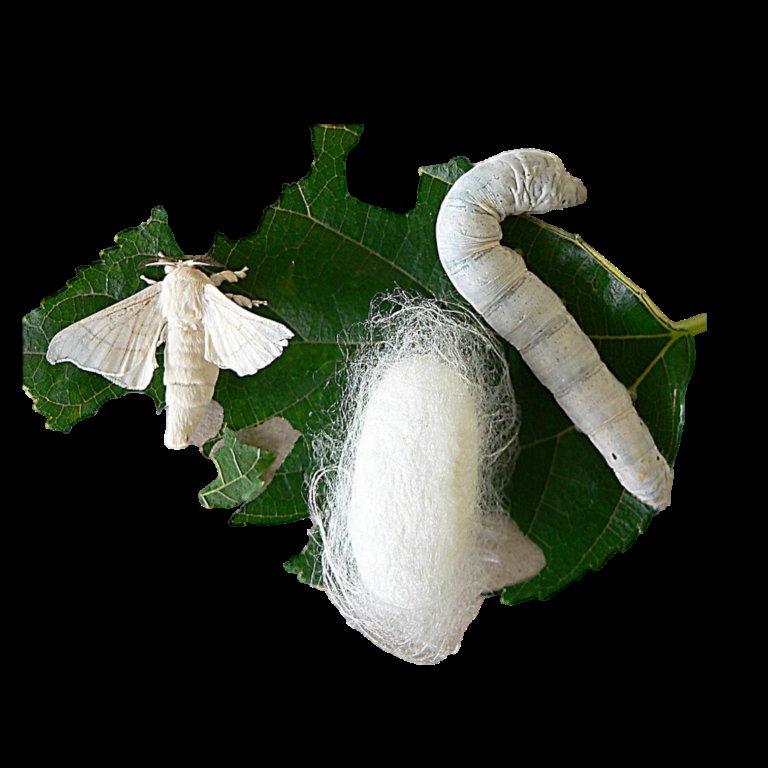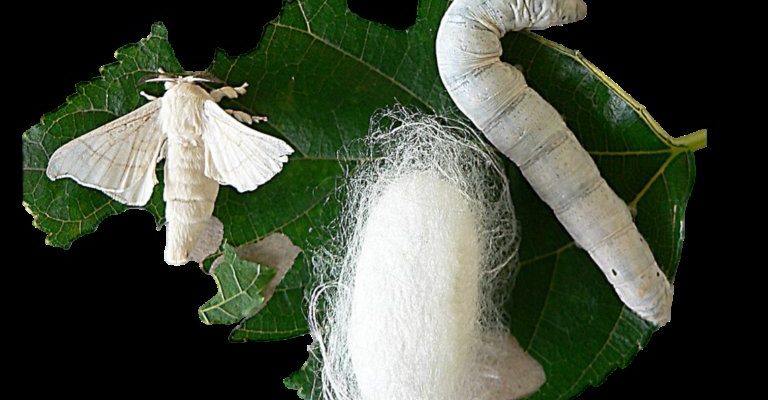
There’s quite a bit to think about when monitoring the health of silkworms. You might be wondering, “Where do I even start?” Well, just like assembling a piece of furniture that comes with a manual, having a checklist can guide you along the way. Also, using a remote health monitoring system can streamline the process, making it easier to keep track of vital signs and environmental conditions. The key is knowing what to look for and how to interpret those signs as the little creatures progress through their life cycle.
Understanding Silkworm Life Cycle Stages
Silkworms go through several stages, and their health needs change at each one. They start as eggs, hatch into larvae, and eventually turn into pupae before becoming moths. Each stage demands different care and monitoring.
1. Egg Stage:
– Silkworm eggs are tiny, round, and vary in color. At this stage, you need to keep them in a controlled environment—ideal temperatures hover around 20-25°C (68-77°F) with a humidity level of about 60-70%.
– Checklist Items: Check for mold or discoloration. Proper air circulation is also essential, as stagnant air can cause fungal growth, which can be devastating.
2. Larvae Stage:
– This is where silkworms begin to eat voraciously and grow rapidly. You’ll want to monitor their diet closely, as they primarily feed on mulberry leaves.
– Checklist Items: Look for any signs of lethargy or unusual behavior. Healthy silkworms should be actively munching away. Separate any that appear sick to prevent the spread of potential illness.
Essential Health Indicators
Monitoring health indicators is key to successful sericulture. Keeping an eye on specific signs can help you catch issues early.
1. Growth Rate:
– Ideally, silkworms should grow at a steady pace. If you notice they’re not gaining weight or size as expected, something may be wrong.
– Checklist Items: Record their weight and size at regular intervals. A helpful tip is to use a small scale to keep track of their growth.
2. Color and Texture:
– Healthy silkworms typically have a light, creamy color. If you see dark patches or an abnormal texture, it could indicate disease.
– Checklist Items: Check for skin shedding. Smooth, shiny skin is an indicator of good health, while dull or rough patches might signal problems.
Environmental Monitoring
Your silkworms’ health is significantly influenced by their environment. You want to create a stable habitat for them to flourish.
1. Temperature Control:
– Maintaining a consistent temperature is crucial. A fluctuating environment can stress silkworms, making them vulnerable to illness.
– Checklist Items: Use a thermometer to keep tabs on the area. An ideal temperature range for silkworms is around 20-26°C (68-79°F).
2. Humidity Levels:
– Just like temperature, humidity plays a vital role. Too much moisture can lead to issues like mold growth, while too little can dehydrate your silkworms.
– Checklist Items: Keep a hygrometer nearby to measure humidity. An optimal range is about 60-80%.
Nutritional Needs of Silkworms
Just like humans need a balanced diet to thrive, so do silkworms. Their nutritional intake directly impacts their growth and silk production.
1. Quality of Mulberry Leaves:
– Silkworms primarily feed on mulberry leaves, and the quality can greatly influence their health. Fresh, young leaves are best.
– Checklist Items: Check the leaves for pesticides or contaminants. Wilting leaves won’t provide the nutrients needed for healthy growth.
2. Feeding Schedule:
– Establishing a regular feeding schedule helps ensure your silkworms get the right amount of nutrition throughout their growth stages.
– Checklist Items: Offer food consistently, ensuring they have access around the clock, especially during their first few weeks.
Common Silkworm Health Issues
Even with diligent monitoring, silkworms can still face health problems. Understanding these issues can help you act swiftly.
1. Disease:
– Silkworms are susceptible to viruses, bacteria, and fungal infections. Symptoms may include changes in behavior or physical appearance.
– Checklist Items: If you notice any suspicious signs, consult a veterinary expert in insect diseases immediately.
2. Infestations:
– Pests such as flies or mites can cause havoc in your silkworm environment. Regular checks can mitigate these issues.
– Checklist Items: Inspect the rearing area regularly. Incorporate pest control methods sensibly, making sure they’re safe for your silkworms.
Using Technology for Monitoring
In today’s digital age, technology can give you a leg up on health monitoring. With various apps and tools available, it’s easier than ever.
1. Remote Monitoring Systems:
– Systems that track humidity and temperature can alert you if conditions move outside the ideal ranges.
– Checklist Items: Set your alerts so you receive notifications on your smartphone if anything goes awry.
2. Mobile Apps for Tracking:
– Several apps allow you to log growth rates, feeding schedules, and health indicators. This can help you see trends over time.
– Checklist Items: Choose an app that’s user-friendly and relevant to silkworm care, making it easier to input data consistently.
Final Thoughts on Monitoring Silkworm Health
Keeping tabs on your silkworms’ health might sound overwhelming, but with a solid checklist, it becomes much more manageable. Just like checking in on a friend can make the world of difference, regular monitoring of your silkworms ensures they’re thriving and ready to produce beautiful silk.
The key is being attentive and proactive. By embracing these health monitoring checklists, you’re not just safeguarding your silkworms; you’re embarking on a rewarding journey into the world of sericulture. Remember, healthy silkworms lead to high-quality silk, which is a win-win for everyone involved!

